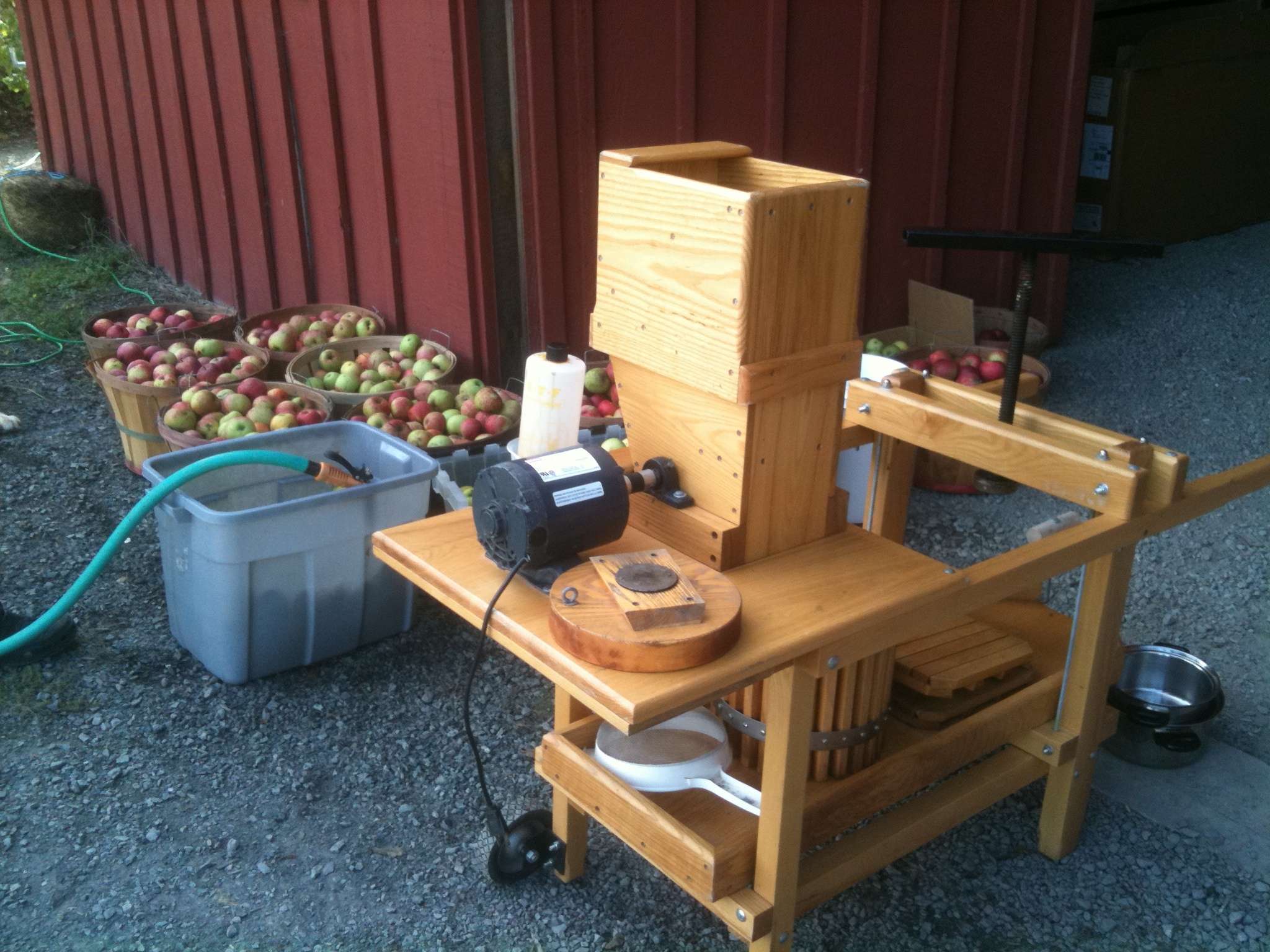This is a powerful, non-chlorine iodine based sanitizer. Simply add 1/4 oz to 2.5 gallons of cold or warm water, submerge items for 1-2 minutes, and allow to air dry.
Use a this solution to clean all of your pots and pans, the strainer, and any utensils that will come into contact with the cider.
Take a clean rag and soak it in the solution. Wipe down the surfaces of the apple press, especially the channel where all the cider will flow and be collected.
Any containers that you plan to fill with cider should be properly sanitized prior to filling it with liquid. Use the sanitizing solution and pour a generous amount into the container. Swirl the sanitizer around the inside the conainter to coat the entire surface. Dump out any excess sanitzing soluion and allow to air dry before filling with cider.
You do not want bacteria to grow inside your cider (unless you are performing a wild fermentation). For this reason all your equipment should be thoroughly sanitized to ensure that your hard work is not ruined by these unwanted microorganisms.



